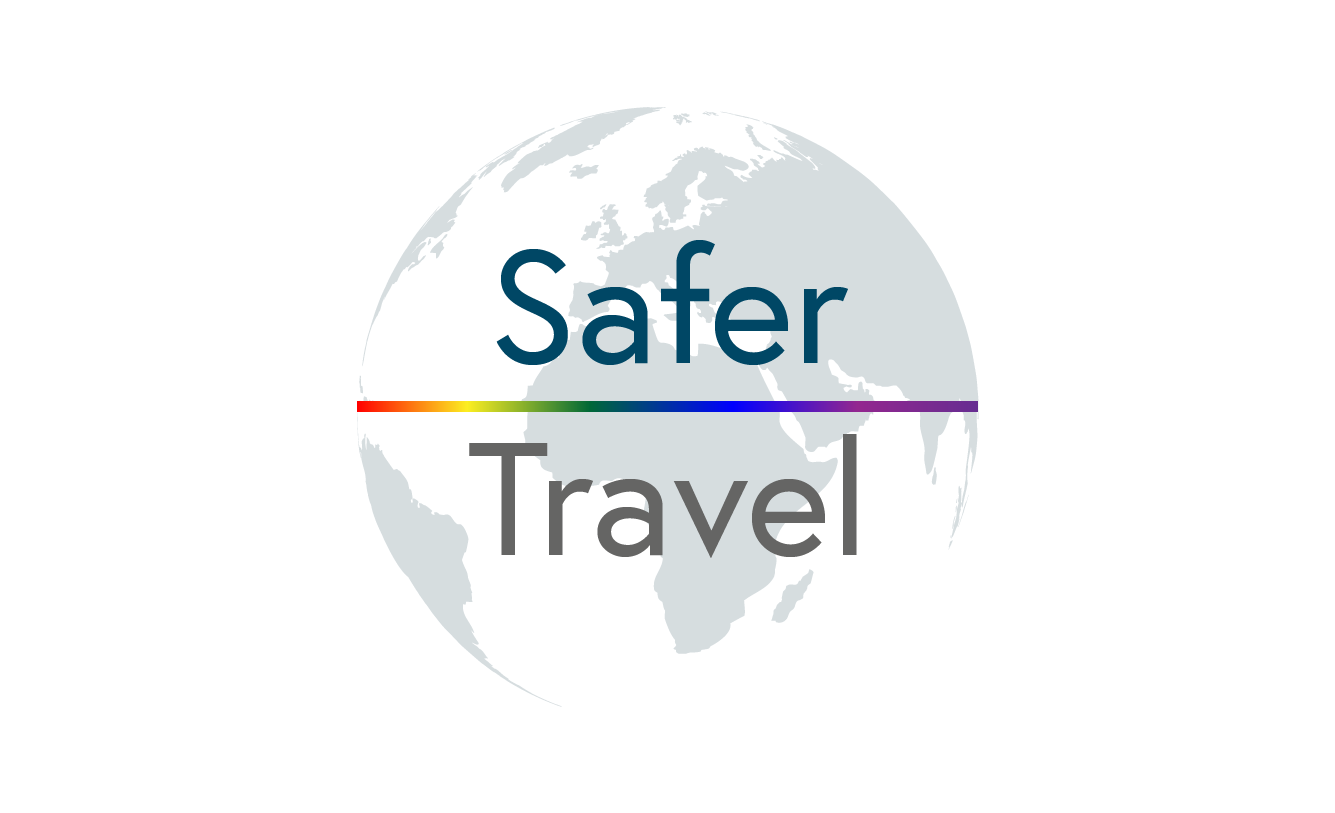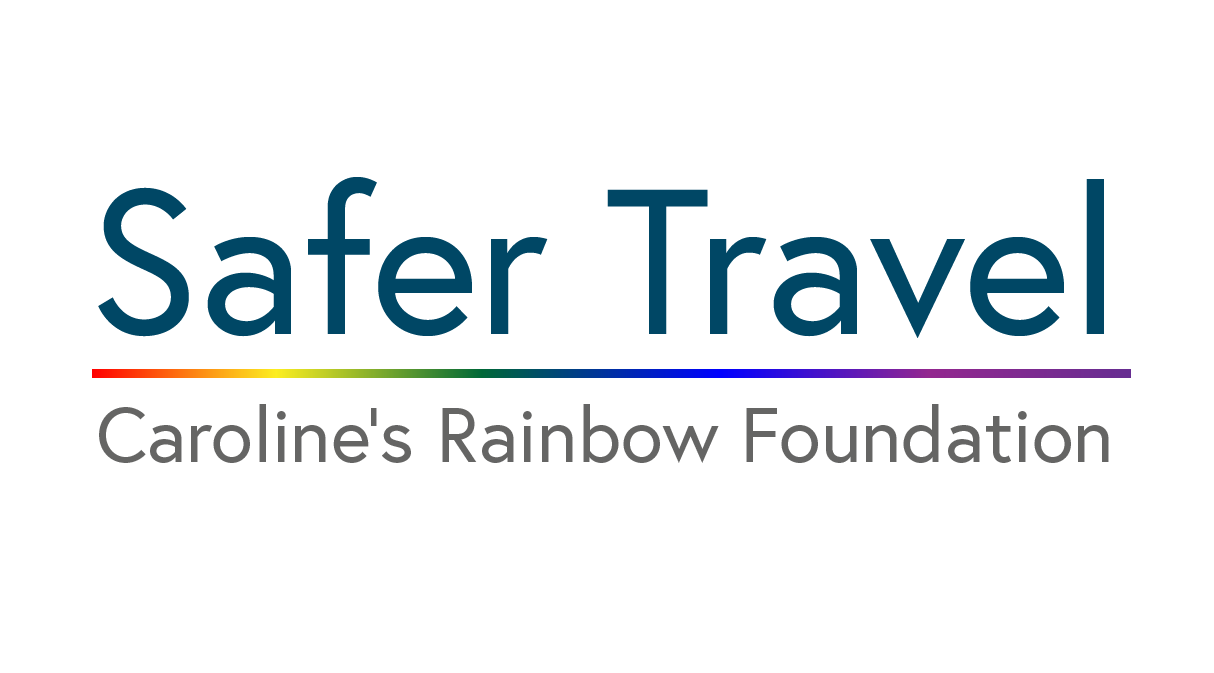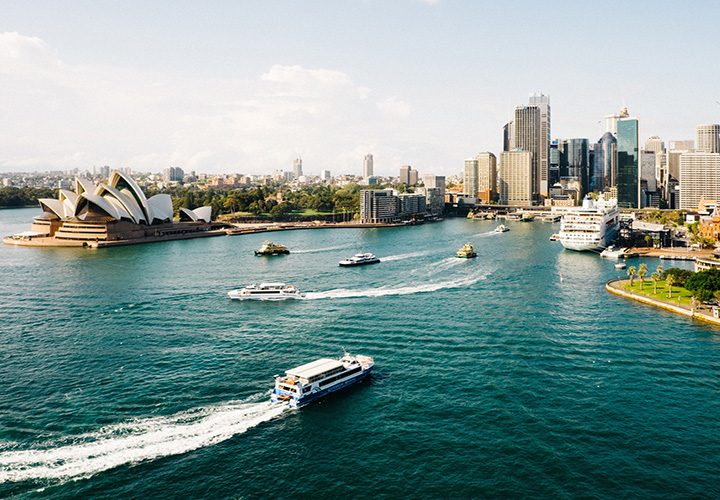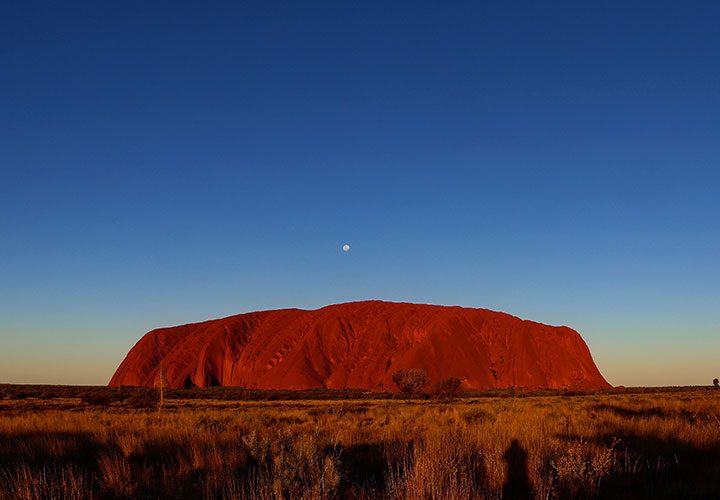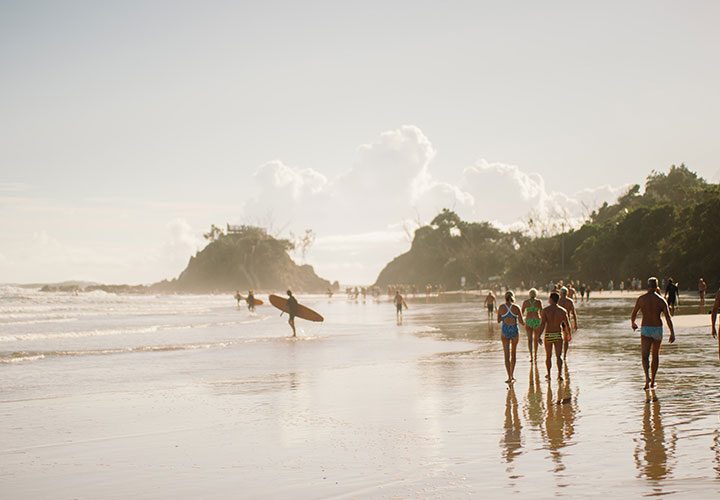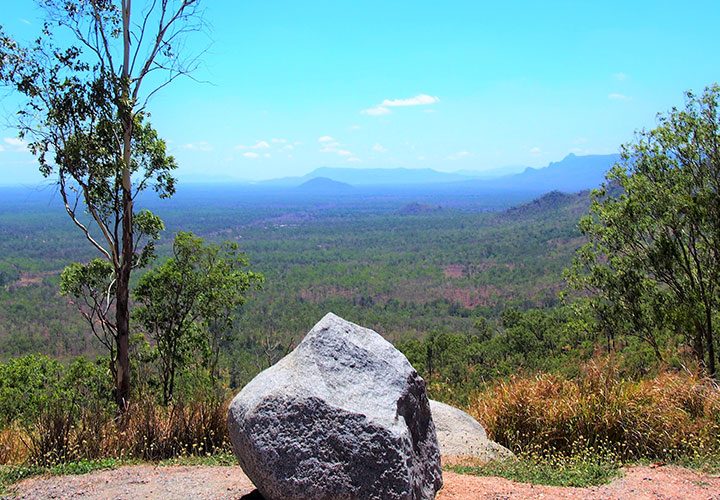Melbourne
Melbourne is the coastal capital of the southeastern Australian state of Victoria. The Melbourne Arts Precinct is the site of Arts Centre Melbourne – a performing arts complex – and the National Gallery of Victoria, with Australian and indigenous art

Details
Before visiting any country make sure you know the basics. General details and important information.
- Emergency Services: Triple Zero (000)
- Language: English
- Currency: Australian Dollar
- Capital City: Canberra
- Country Code: AU
- Travel Visa: ETA Required (Click here for more info)
- Population: 4,936,000
Risk Level
Researching various official sources, we perceive the risk to holiday makers and travellers are as follows;
Travellers Tips
Top travel advice and interesting tip bits of information from experienced travellers.
Emergencies
For the Emergency services just dial Triple Zero (ooo) from any phone, for not so serious situations please dial 112 and 106.
Hospitals in Melbourne
Travelling Around
Melbourne is the only city in Australia with a network of trams. Trams share road space on most Melbourne thoroughfares. The trams can be accessed for free in the correct zones, however you will need to pick up a Myki card to use the transport system.
Train Stations
- Frankston line.
- Pakenham line.
- Sandringham line.
- Cranbourne line
Melbourne Safety
Which areas should I take more care in Melbourne?
The Central Business District (CBD) and Dandenong are the most dangerous areas of Melbourne.
St Kilda, Kew, and Thornburry are a little bit dangerous.
Some of the inner city suburbs like Brunswick are also areas to take a little more care, although they are much less dangerous than they were in the 1980s and 1990s.
How do I stay safe in a rip tide?
Stay calm. Your body is naturally buoyant and the current is not going to pull you under the water.
Float. Raise your arm in the air if you need help.
If you feel confident, swim parallel to the shoreline towards the white water, where it will be shallower and the waves will help you get back to shore
Do NOT try to swim against the rip straight back to the shore.
What are the top travel tips?
Melbourne is a busy city, so make sure you plan your route before setting off.
Buy a Myki before you board the tram or train. When you buy a Myki, choose between ‘Myki money‘ (your fare will be deducted each time) or ‘Myki pass‘, which is a set amount of money for a set number of days of unlimited travel.
Avoid empty carriages on trains. Always try to sit where there are lots of people. If you feel uneasy, move to another carriage or seat. Have your pass, ticket or correct change ready in your hand so that your wallet is out of sight.
Avoid carrying valuables. Use pockets and keep keys, your mobile, purse/wallet in separate pockets. Keep a separate record of all important numbers on you in case your phone is lost or stolen.
Improve Your Personal Safety
Knowledge – the more you have the better equipped you are.
Awareness – the more you see the safer you become.
Response – the right reaction can change a situation.
Annual Events
Annual events allow a city come together for some amazing experiences. If visiting at this time, make sure you have your accommodation booked and are always aware of your surroundings when travelling around.
Melbourne Highlights
What are the highlight attractions?
Federation Square
This area is filled with great cultural venues, bars and restaurants. The square was built with the intention of being used as a public space showcasing several events and activities throughout the year.
The Royal Botanic Gardens
The gardens are a great place to escape the hustle and bustle of the city centre and get lost within the beautifully serene nature of the gardens. You can find more information at www.rbg.vic.gov.au.
Melbourne Cricket Ground
Whether you’re into your cricket or not, Melbourne Cricket Ground is a great place to visit. It is the largest stadium in the Southern Hemisphere, the 10th largest globally, and the largest cricket ground by capacity.
Southbank
Southbank draws in a sophisticated crowd to its cultural venues, which include the Malthouse theater, based in a restored brewery, and the state-of-the-art Melbourne Recital Centre which hosts classical concerts.
Can I see great art in Melbourne?
Yes! Here is a list of the top five recommended places to see art:
The National Gallery of Victoria
What else can I do in Melbourne?
Go on a walking tour. Walking tours can be a really amazing way to explore the hidden gems within the city and burn off your last meal while you’re at it!
Get into the coffee culture. Melbourne is well known for it’s deliciously roasted and crafted coffee – some even call it the coffee capital of Australia.
